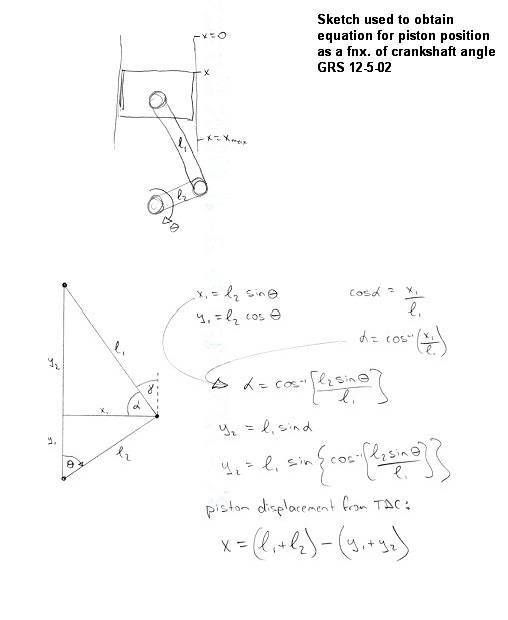Dear Brand,
Thank you for your reply.
You wrote : This company doesn't know anything about breathing. Any engine of this kind has a slower initial piston speed which decreases the initial gas flow past the valve. We have investigated using a cam with a perfect sine wave in piston acceleration and we have found that any engine with a con-rod to stroke ratio of anything over 1.7:1 cannot breathe properly and requires supercharging.
It seems you never heard that all Formula1 and GP-moto engines use con-rod to stroke ratio well above 1.7:1 (most above 2.0:1). And they do not use supercharging. It seems they know nothing about breathing (AND combustion).
You wrote : The problem with amatures like these people is that they don't understand engines and even though some theory may look good and the design looks simple, doesn't mean there are no inherant problems with what they are trying to do. Companies like this just burn investors money without having any prospect of getting an engine to perform or get to production.
I declare publicly today, to any one of pattakon’s investors to brink me their shares and I will buy them - immediately - a million times their initial price in US dollars (i.e. for each dollar the investor – any investor – gave, he will take a million dollars in return).
Pattakon makes the only continuous VVA (variable valve actuation) engine in the world capable of revving over 9000 rpm. BMW do not use their valvetronic VVA system in their sport cars because they cannot.
We can arrange a test drive for you (or any other professional). Take a look at the http://www.pattakon.com/vva/VVA_Idle/VVA_Idle.htm and the video http://www.pattakon.com/vvar/OnBoard/A1.MOV etc, etc in www.pattakon.com site.
Once again: I call any professional willing to have a test drive with pattakon’s cars to call me.
And a special offer – it is the challenge you asked for -for you: come for a test drive in Athens and if you see less than I claim, I will pay your first class airplane tickets.
Just to find out who is giving the engine development industry a bad name and who is burning investors money.
You wrote : Let's see an actual engine run with figures of this pull rod engine. You'll never find one now or in the future because in real life it wont work properly.
I admit, there is no yet a Pulling Rod Engine prototype.
But take a look at the pattakon’s US patent 6,062,187 and then HONDA’s US patents 6,763,796 and US 6,786,189 ( http://www.uspto.gov/patft/index.html ). It seems HONDA’s staff do not know that con-rod to stroke ratios above 1.7 cannot breathe properly. Please inform HONDA, too, to stop wasting their time over such crap.
Thanks
Manolis Pattakos




 Reply With Quote
Reply With Quote





